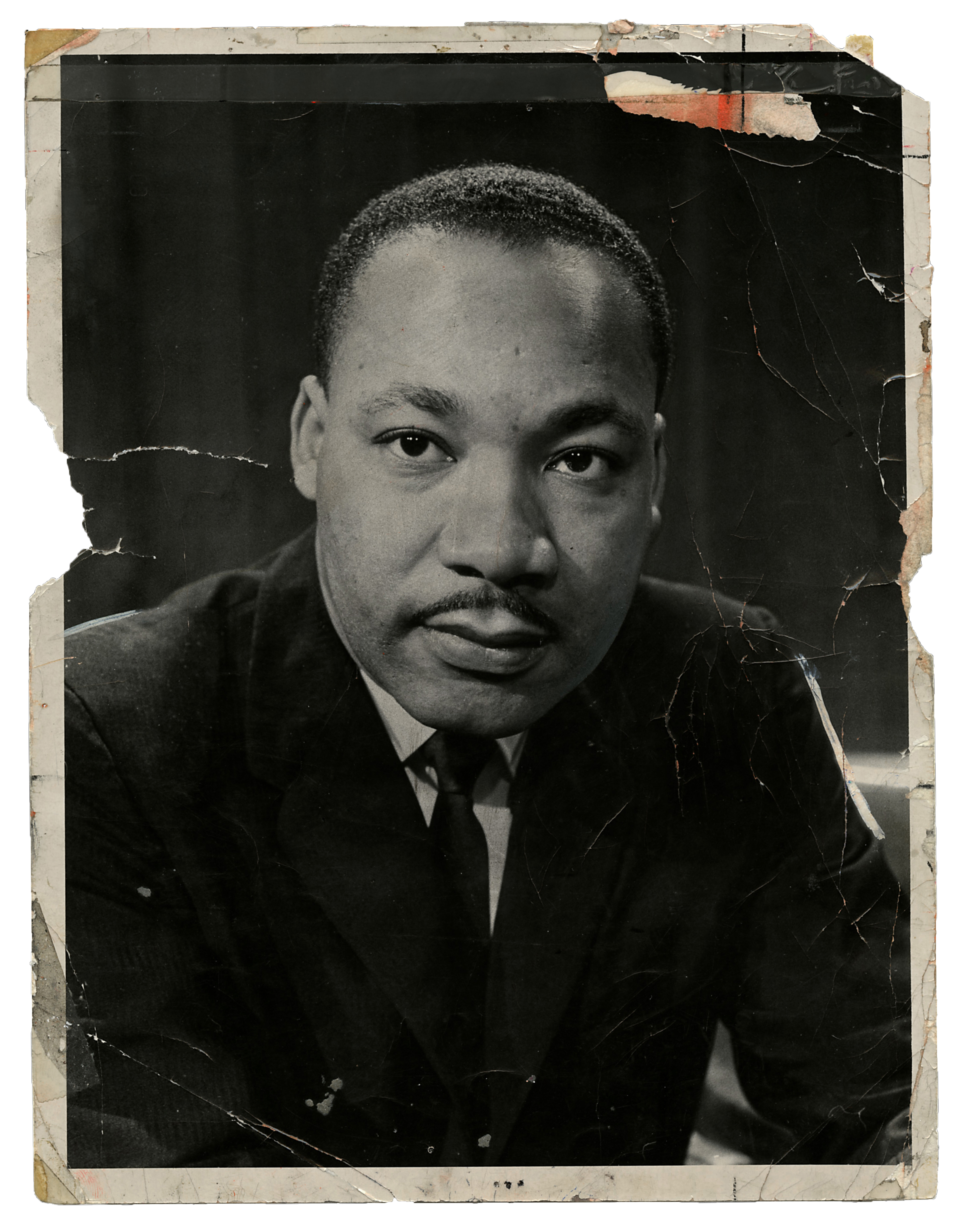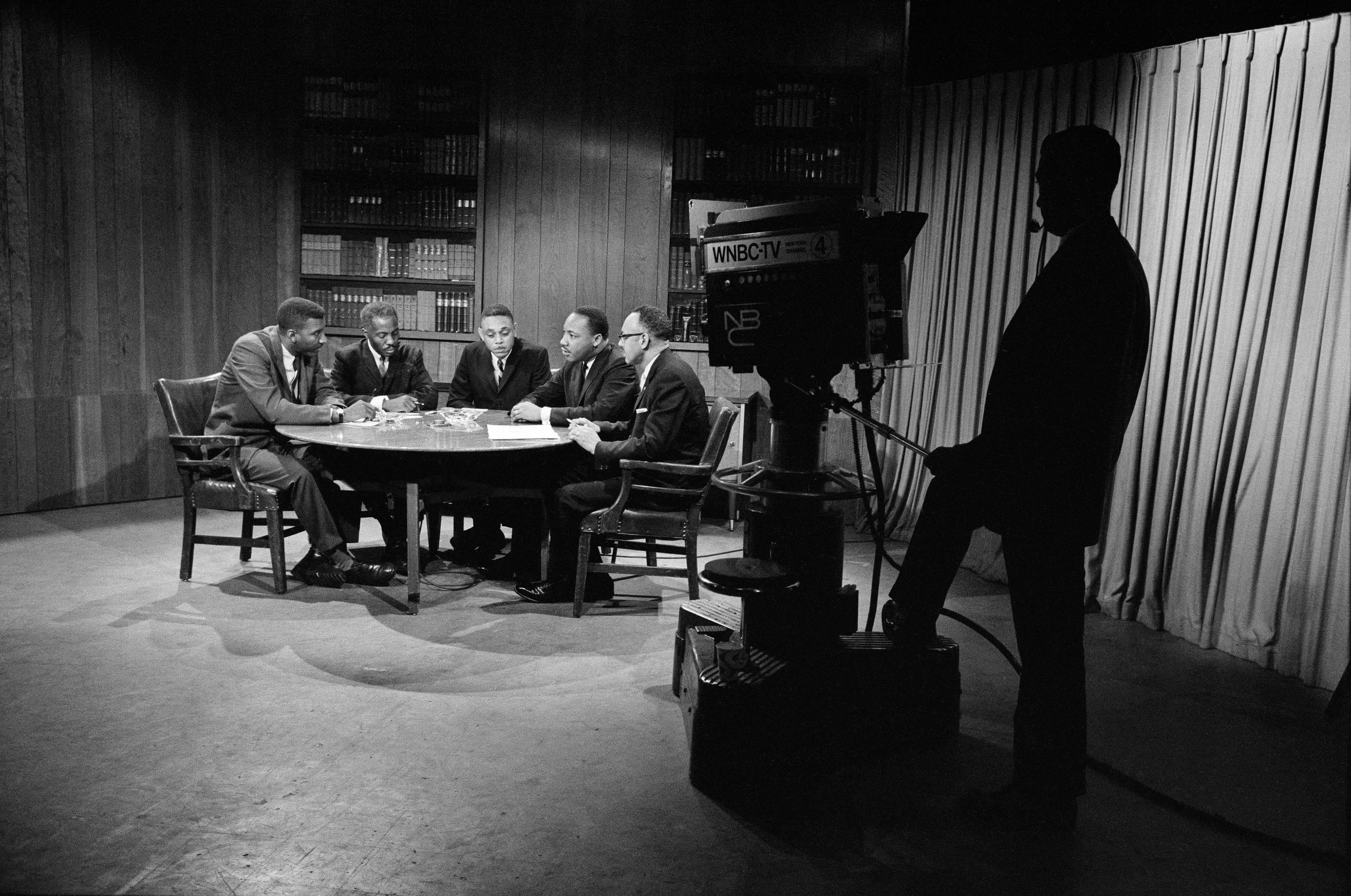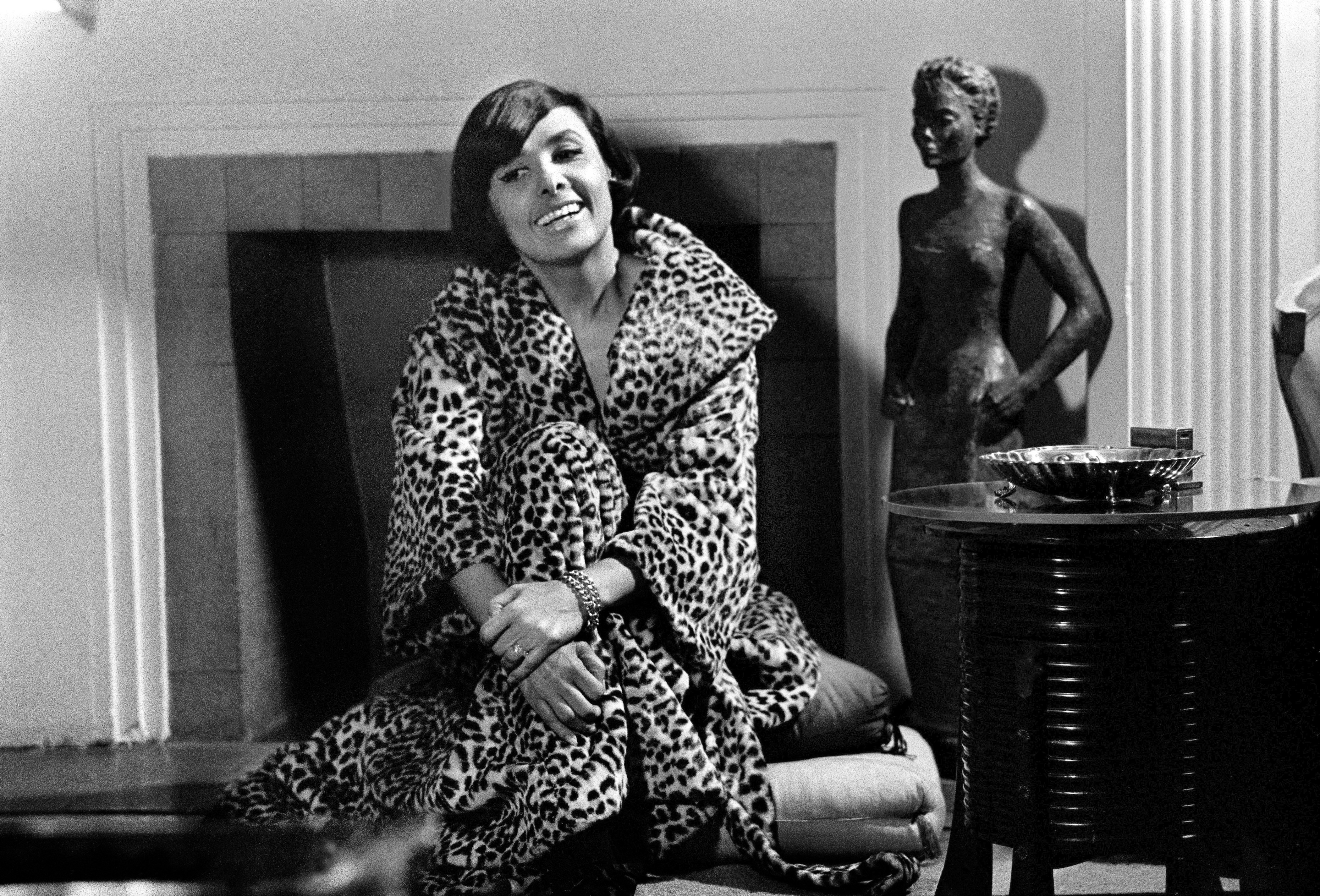Before heading into The New York Times’ photo archives, Darcy Eveleigh made a list of about 10 people to search for as part of a Black History Month project. And of course, Martin Luther King Jr. was on that list.

Dr. Martin Luther King Jr. on June 30, 1963. (Photo by Allyn Baum/The New York Times)
Eveleigh, a photo editor at the Times and the creator of The Lively Morgue Tumblr, noticed a portrait of King existed in both the digital and physical archives. The back of the physical copy was plastered with all the dates that it had been used.
Curious, Eveleigh headed for the envelope that contained the image’s negative. There, she discovered the image that had become King’s well-used portrait wasn’t, in fact, a portrait at all. It came from a televised roundtable discussion King attended in 1963, on the same day he’d been egged by Black protestors after criticizing Black nationalists. Eventually, the photo was cropped, the context forgotten.
Now, as part of a daily project launched by the Times on Monday for Black History Month, you can see one of the images taken at that roundtable. With Unpublished Black History, the Times has found a way to show images and tell stories it hasn’t before, and often those stories are about what the newspaper missed.

Martin Luther King Jr. on an ABC-TV panel. Photo by Allyn Baum/The New York Times
“This is a powerful project because we are showing photos that were unpublished and have been in the archives for decades,” said Rachel Swarns, a New York Times reporter who worked with Eveleigh on the project, “but almost as powerful is what’s missing.”
See also: How to preserve your work before the Internet eats it
Swarns and Eveleigh started looking for unpublished moments together, “but we kept running up against a wall where we can’t find this person or we can’t find that person,” Swarns said, “and after awhile I said to myself, that’s part of the story.”
The unpublished images offer new stories that weren’t told at the time, and Swarns is clear about why in the series’ introduction. The staff was smaller. Words mattered more then.
But other holes in coverage probably reflect the biases of some earlier editors at our news organization, long known as the newspaper of record. They and they alone determined who was newsworthy and who was not, at a time when black people were marginalized in society and in the media.
See also: Should publishers be taking better advantage of evergreen content in their archives?
An image of actress and singer Lena Horne, published Monday, is one good example of a story missed the first time. The Times originally published an article about her new show, but the unpublished image showed a wider view of Horne in her apartment. One line in the story mentioned the trouble Horne had getting an apartment.
“The combination of that passing reference and the image made me think — Lena Horne struggling to find an apartment?” Swarns said.
The caption accompanying the image in the project includes a detail of how Horne found her apartment — with help from singer Harry Belafonte.
He, like Ms. Horne, had been turned away by brokers and landlords who refused to rent to African-Americans. Outraged, he bought the entire building and invited his friends to join him there. Ms. Horne got the penthouse.

Lena Horne being interviewed in her apartment 300 West End Avenue on Dec. 17, 1964. (Photo by Sam Falk/The New York Times)
The Times has a huge photo archive — 5 to 6 million print photos and about 300,000 sacks of negatives.
“I think we have one of the most comprehensive, most beautiful picture archives in the world,” Eveleigh said.
It’s one thing to have a collection of millions of beautiful photos, she said, but another to share the rich history behind them.
You can follow the project by signing up for updates through an occasional newsletter. And the Times wants to hear from users who were present for the images it’s now publishing. They want to see readers’ own images, too, Eveleigh said, and start a kind of visual conversation.
“It’s kind of a living thing,” Swarns said. “We’ve started it, but it really will be interesting to see what the coming days bring.”
Originally, the idea behind the project was to show something new from the archives for Black History Month, to move beyond the same images that come out each year. With Unpublished Black History, the Times has found a way to use its archives and to push at the boundaries of its own coverage.
Correction: An earlier version of this story said the Times’ newsletter would come out daily. That was incorrect. It comes out occasionally. It has been corrected.







